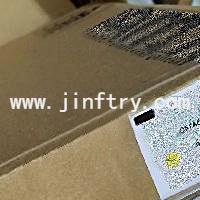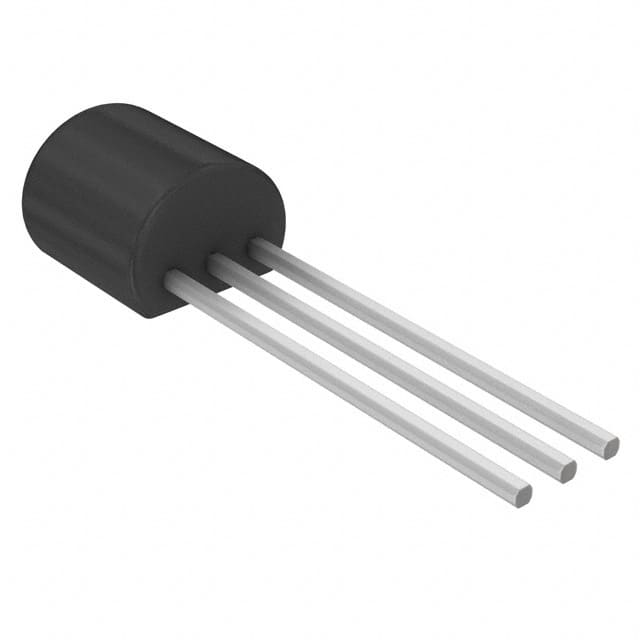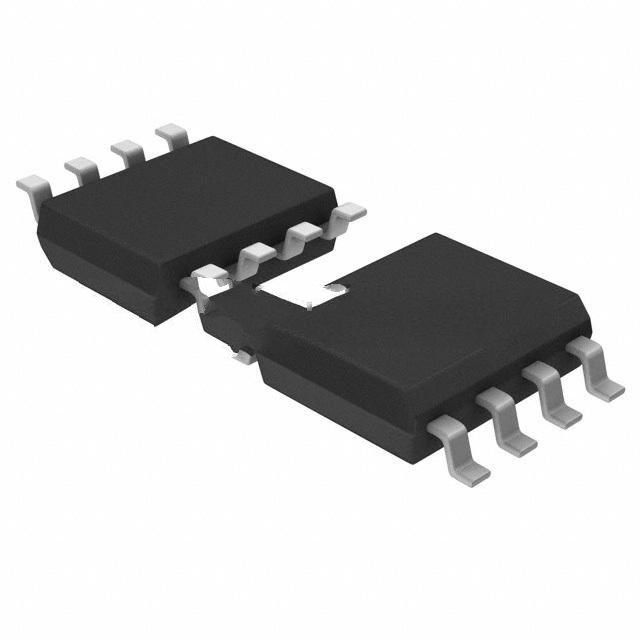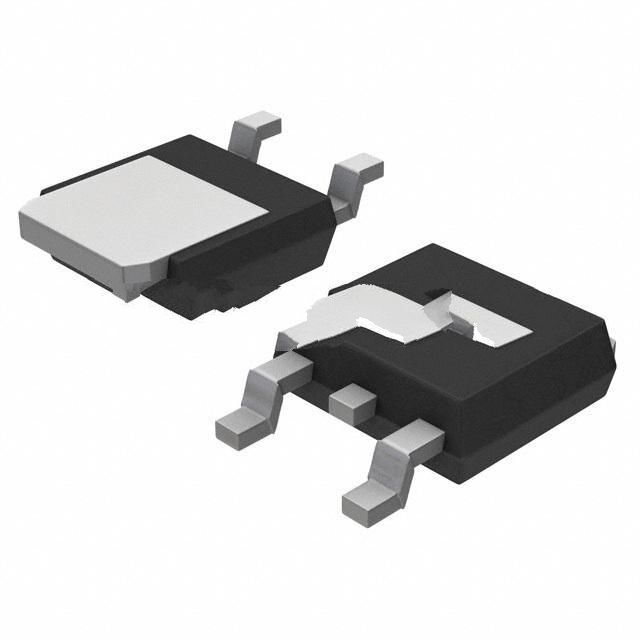NCP729FC28T2G Product Introduction:
ON Semiconductor Part Number NCP729FC28T2G(PMIC - Voltage Regulators - Linear), developed and manufactured by ON Semiconductor, distributed globally by Jinftry. We distribute various electronic components from world-renowned brands and provide one-stop services, making us a trusted global electronic component distributor.
NCP729FC28T2G is one of the part numbers distributed by Jinftry, and you can learn about its specifications/configurations, package/case, Datasheet, and other information here. Electronic components are affected by supply and demand, and prices fluctuate frequently. If you have a demand, please do not hesitate to send us an RFQ or email us immediately sales@jinftry.com Please inquire about the real-time unit price, Data Code, Lead time, payment terms, and any other information you would like to know. We will do our best to provide you with a quotation and reply as soon as possible.
Introducing the onsemi NCP729FC28T2G, a cutting-edge power management solution designed to meet the demands of today's advanced electronic devices. This highly efficient and versatile device offers a wide range of features that make it an ideal choice for a variety of applications.
The NCP729FC28T2G boasts a compact and lightweight design, making it perfect for space-constrained devices. With its low power consumption and high efficiency, it helps to extend battery life and reduce energy costs. The device also features a wide input voltage range, allowing it to be used in a variety of power supply configurations.
One of the standout features of the NCP729FC28T2G is its advanced protection capabilities. It includes overvoltage, overcurrent, and thermal protection, ensuring the safety and reliability of your device. Additionally, it offers excellent load regulation and transient response, providing stable and consistent power delivery.
The NCP729FC28T2G is suitable for a wide range of applications, including smartphones, tablets, portable gaming devices, and other battery-powered electronics. It can also be used in industrial applications, such as automation systems and motor control.
In summary, the onsemi NCP729FC28T2G is a highly efficient and versatile power management solution that offers a wide range of features. Its compact design, advanced protection capabilities, and wide input voltage range make it an excellent choice for a variety of applications. Upgrade your device's power management system with the NCP729FC28T2G and experience enhanced performance and reliability.
Voltage Regulators-Linear is an electronic device used to convert an unstable DC voltage into a stable DC voltage. It regulates the voltage through an active component (such as a transistor or field effect tube) and a feedback network to ensure that the output voltage remains constant within a certain range. Linear regulators usually operate under low input voltage changes and load changes, and are able to provide a very clean and smooth output voltage.
Application
Voltage Regulators-Linear has a wide range of applications, covering almost all electronic devices requiring a stable DC power supply. In the field of consumer electronics, linear voltage regulators are widely used in mobile phones, tablets, laptops and other portable devices to provide stable voltage support for core components such as processors, memory and display screens. In the field of industrial automation and instrumentation, linear voltage regulators are often used in precision measuring instruments, sensor signal processing and other occasions because of their low noise and high precision characteristics. In addition, linear regulators also play an indispensable role in areas such as medical equipment, aerospace, and automotive electronics, where the quality of the power supply is extremely high. For example, in medical equipment, linear regulators ensure the power stability of devices such as pacemakers and monitors, ensuring the safety of patients.
FAQ about PMIC - Voltage Regulators - Linear
-
1. What are the characteristics of linear regulators?
Linear regulators have the characteristics of low cost, small package, few peripheral devices and low noise. There are many types of linear regulator packages, which are very suitable for use in LCD color TVs. For fixed voltage output applications, only 2-3 small capacitors are needed to form the entire solution. Ultra-low output voltage noise is the biggest advantage of linear regulators. The output voltage ripple is less than 35V (RMS), and it has an extremely high signal-to-noise control ratio, which is very suitable for powering small signal processing circuits that are sensitive to noise.
-
2. Do linear regulators need capacitors?
Linear regulators usually require capacitors.
The working principle and design requirements of linear regulators determine that they usually require capacitors to ensure stable operation. These capacitors are mainly used to filter and stabilize the output voltage, help reduce output ripple and noise, and thus improve the stability and reliability of the power supply.
Specifically:
1. Input and output capacitors: Linear regulators usually require one or more input capacitors and one output capacitor. These capacitors help smooth the input and output voltages, reduce voltage fluctuations, and thus provide a stable output voltage.
2. Power supply rejection capability: The power supply rejection capability of a linear regulator is an important indicator, which is related to whether it can effectively suppress unwanted signals and avoid interference with the output voltage. If the power supply rejection capability is poor, unnecessary signals may be left behind, affecting the purity of
-
3. How to choose a linear regulator?
1. Switching regulator: A switching regulator uses an output stage that repeatedly switches between "on" and "off" states to generate an output voltage together with an energy storage component. Its adjustment is achieved by adjusting the switching timing based on the feedback sample of the output voltage. In a fixed-frequency regulator, the switching timing is adjusted by adjusting the pulse width of the switching voltage, which is called PWM control.
2. Parameter regulator: LDO is a linear regulator. Linear regulators use transistors or FETs operating in their linear region to subtract excess voltage from the applied input voltage to produce a regulated output voltage. This transistor allows saturation, so the regulator can have a very low dropout voltage, usually around 200mV.
3. Regulators for laser cutting machines: According to the use requirements of high-power laser cutting machines and the current power supply situation in my country, regulators that meet
 Lead free / RoHS Compliant
Lead free / RoHS Compliant






























